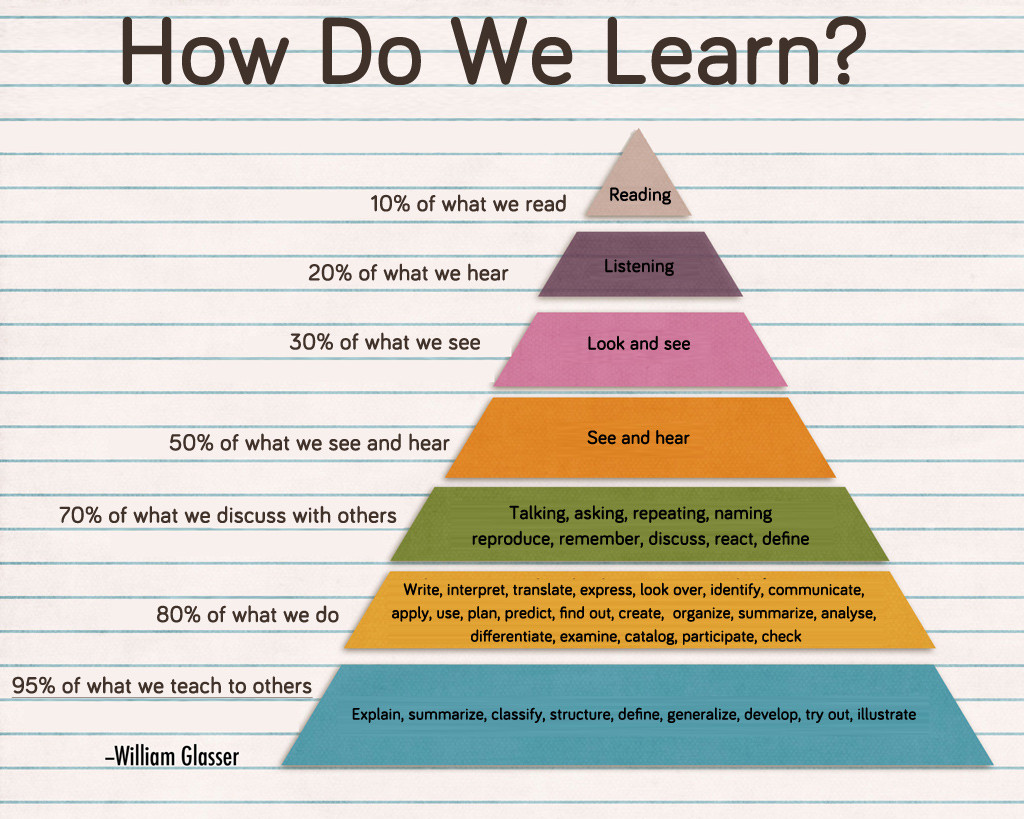In a fast-moving business world even big organizations feel the pressure to innovate and quickly produce valuable solutions. If they take too long in bringing a product to the customer they can be overtaken by a faster moving competitor. One powerful way for companies to compete is to establish a team-based learning culture – teams that are able to learn and act effectively. This blog post should provide you some powerful details on why it is important to learn together and 10 tips on how you can support this process of working in your agile team.
Overview:
- What is team-based learning?
- Why is it important that teams learn together?
- More advantages of team-based learning!
- How you can support a team-based learning culture
- My Top 10 Tipps to support team-based learning
What is team-based learning?
Team-based learning is a form of small-group learning. Team members share their knowledge and complement the skills of the others by teaching them what they have learned or what they already know. The team takes care about constant dialogue and discussion so that they can help others to achieve the common objective.
Why is it important that teams learn together?
Team learning has many advantages over individual learning in isolation and is a much more effective way of generating solutions. As the product development is performed by the complete team, a process of working collectively is very important for developing personal skills and abilities that are useful for the whole organization. In an agile environment, it’s essential for success that every member of the team learn how to learn, work, interact, and collaborate.
Related: Leading Teams: Setting the Stage for Great Performances
Once individuals start to learn constantly through an active team, you will get the “magic energy”: People will enjoy this learning model and will turn into increasingly better team players and will start acting more intelligently than any individuals. This will motivate them to work more together and start working autonomously. The responsibility they get will make them thrive. Everybody will know HOW and WHY they have to learn something (The WHY is quite essential – How can you be motivated to learn something if you don’t know the reasons) Because of this, they will work harder and get better results.
This “magic energy” can transform into performance which has a direct impact on the product quality and therefore the customer. A traditional passive learning culture will never give you the same output.
More advantages of team-based learning:
- Team members improve teaching and learning skills
- Teams learn how to be co-creative
- Better & more cooperation within the team
- Team members learn how to handle tricky characters
- You will generate new approaches
- You will trigger the right discussions
- You will make better decisions
- It’s a direct fight against a blaming culture
- Avoiding lack of knowledge during the absence of members
- Increase of trust within the team
- Fight against member competition
| 1 | Leading Teams: Setting the Stage for Great Performances |
J. Richard Hackman
|
| 2 | The Five Dysfunctions of a Team: A Leadership Fable |
Patrick M. Lencioni
|
| 3 | The Gamification Toolkit: Dynamics, Mechanics, and Components for the Win |
Wharton Digital Press
|
How you can support a team-based learning culture
Bad news first: There is no magic plan you can follow – It takes teamwork to create a learning culture. So forget about a master plan. There are several factors that improve a product team’s ability to learn, innovate faster, and be more successful.
According to William Glasser´s pyramide of learning, the most efficient way to learn is teaching to others:

However, we are talking about a cultural change which cannot be created from one day to another – Nobody can create culture. Instead of trying to change a culture, try to change the environment first. As a servant leader you can provide the team all the material and tools they need.
When I started in my team to support team-based learning, I installed a new technical setup in the team room in order to have spontaneous Coding Dojo sessions or to have high qualitative remote-learning sessions with distributed teams. Another change I made was hanging up many whiteboards to start fast discussions and teaching sessions. These small and simple changes will trigger more and more ideas and you will receive the teams´ feedback. I was following a simple inspect-and-adapt model.
Top 10 Tips to support team-based learning:
Here are my personal Top 10 tips to support team-based learning in your agile team and organization:
- Learning groups – Support and sustain professional learning communities within your team or organization (community of practice, study groups, etc.)
- World Café – “a structured conversational process intended to facilitate open discussion.” This model is even more powerful than learning groups, as this is a scaled version on company level – This event is for everybody.
- eXtreme Programming – (Pair Programming, Coding Dojos etc.) supports values like courage, respect, communication, feedback and simplicity.
- Lean Coffee Sessions – A Lean Coffee is an event where team members are working together to learn about lean. It’s quite similar to an un-conference model where the participants decide on the schedule.
- Agile Retrospectives – Use the agile retrospective which is the learning engine of a performance team! Try to trigger as much feedback as you can. KUDO Cards are a good way of honor people for their effort.
- Brown Bag Sessions – Wikipedia: “A brown-bag session or lunch is generally a training or information session during a lunch break. Brown-bag seminars will normally run for one or two hours. The purpose is to utilize normal breaks, such as the lunch break, to provide information to attendees in a voluntary and informal setting. It is often followed by a discussion of the topic.” Here you can learn how to set off a brown bag session in 60 minutes.
- Balance the team in terms of the characteristics in the company – This point will only work if you have the chance to set up a completely new team. Support diversity as much as you can in terms of age, characteristics and origin!
- Visibility and transparency – Make learning visible and transparent in the room or even in the whole organization.
- Method of moving desks – If a member wants to move for some days to a different team due to priority shifts, each person should be able to move quickly to spread knowledge.
- Identify specific learning needs – Support the team to find the best sources for their needs and provide additional support when issues are challenging
If you have more tips please feel free to share them with all readers in the comments. I would love to add more value to this blog post!
End note
In my research for this blog post, I found an awesome concept where children learn how to learn in a complete new way using Scrum: eduScrum is a framework for coaching students where the responsibility for the learning process is delegated from teachers to students. With eduScrum kids learn smarter, improve collaboration, and they get to know themselves better. This model underlines especially the new role of a teacher – becoming a moderator-/-facilitator instead of being a bossy teacher.
Thanks for reading this post! Please send me feedback and feel free to add your comments below!
I would appreciate a star rating for this blog post:



 (16 votes, average: 4.81 out of 5)
(16 votes, average: 4.81 out of 5)
Excellent post, Dominic, I’m very proud having you in our team!
Thanks Timo! Happy as well to have the chance to drive change!
Pingback: Golden Rules For Engaging Team Members In Agile Retrospectives
Great Post. And wise too 🙂
Pingback: Scrum Is Bad - 5 Simple Facts That Kill Stupid Arguments About Scrum
I’m still learning from you, while I’m trying to
achieve my goals. I certainly enjoy reading everything that is
written on your site.Keep the posts coming. I loved it!
Thanks for your feedback! Happy to read that :-)